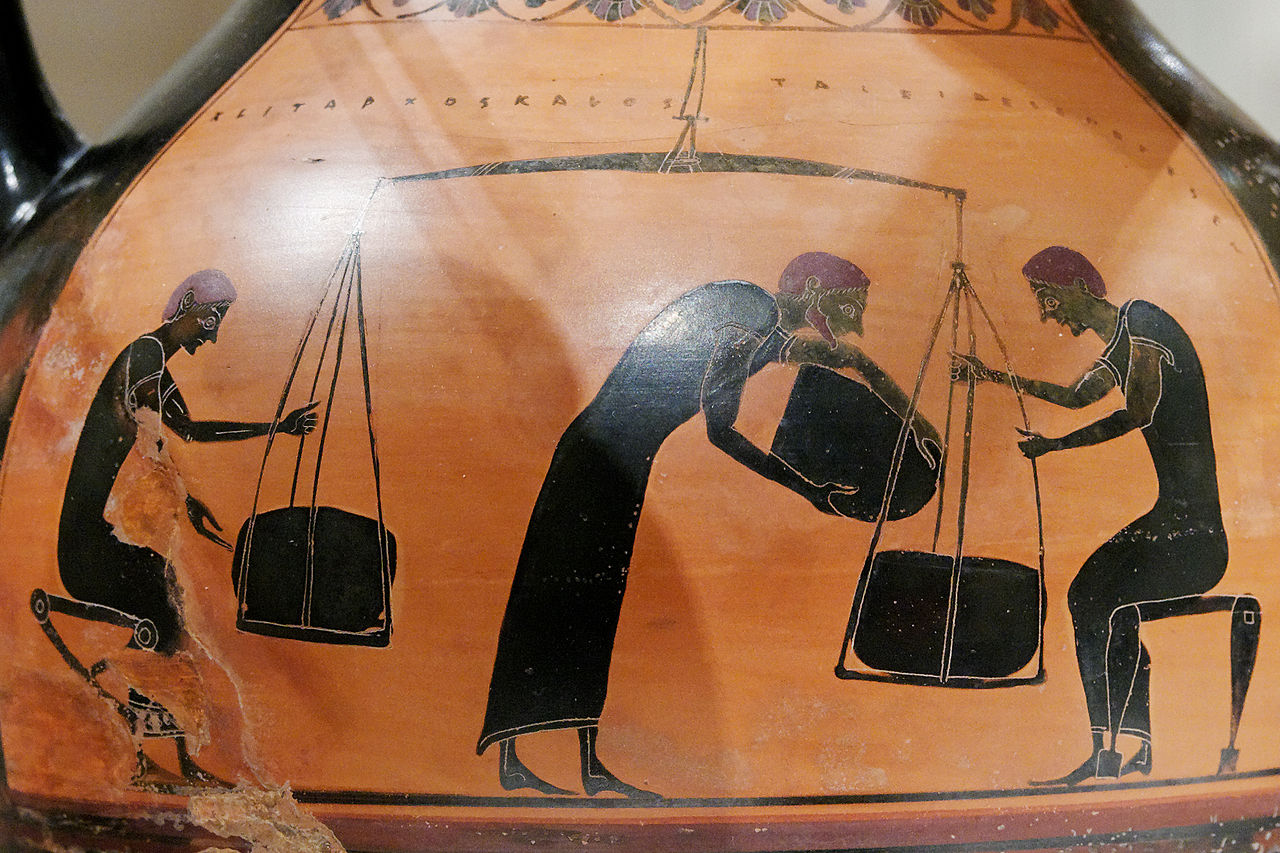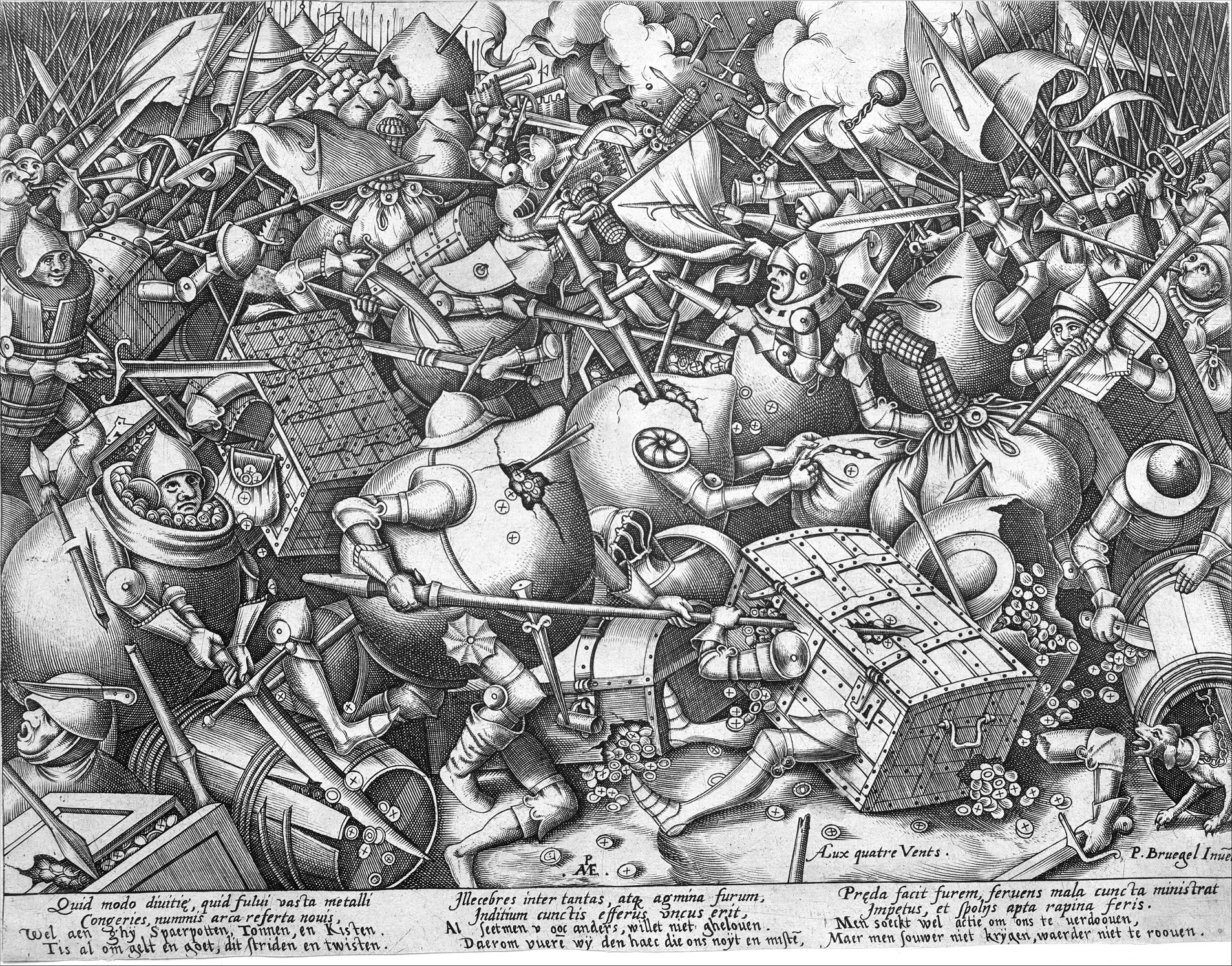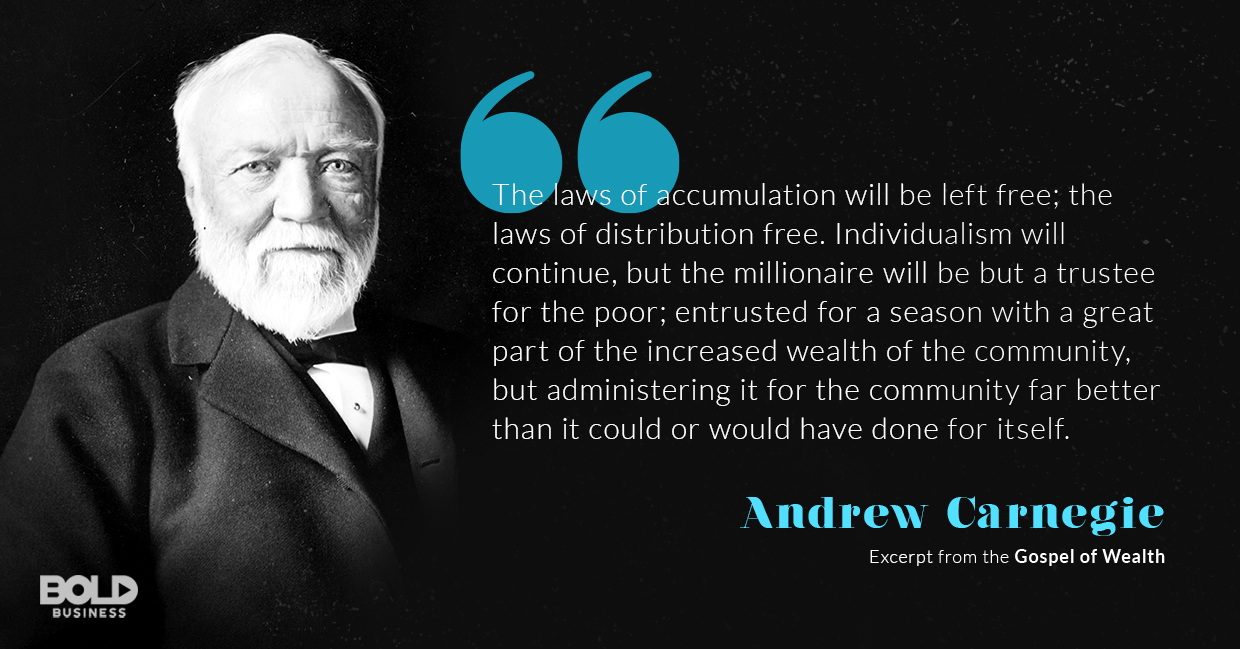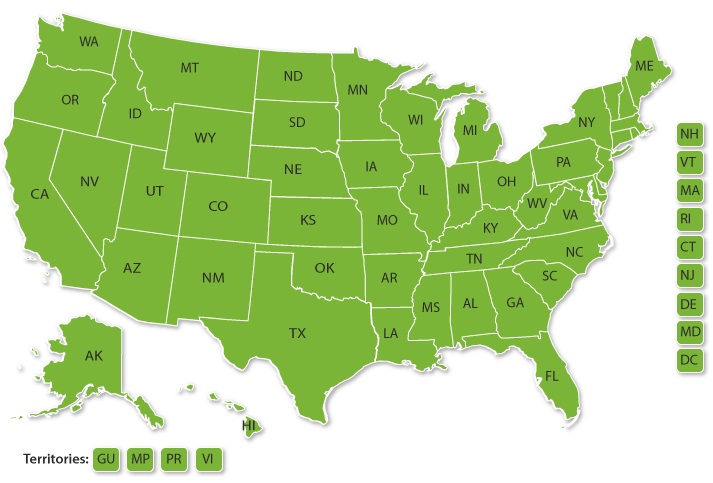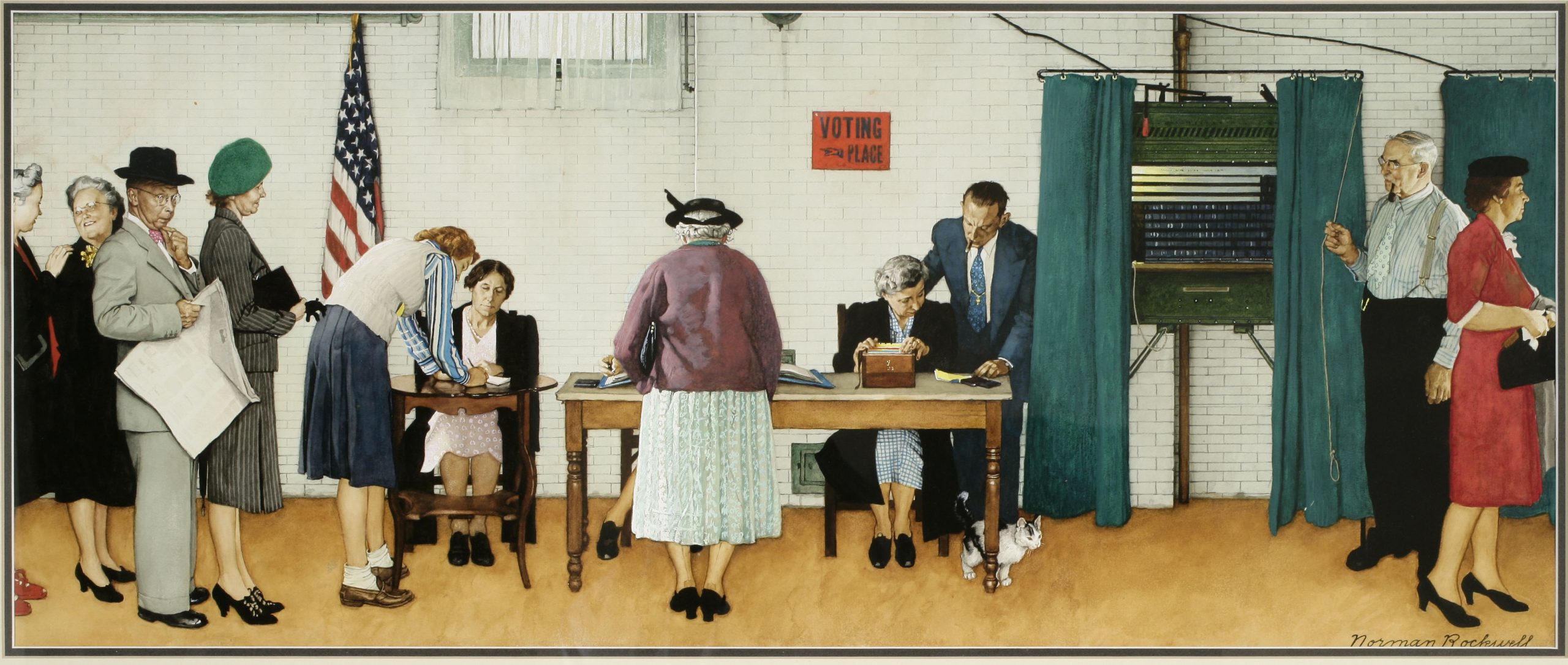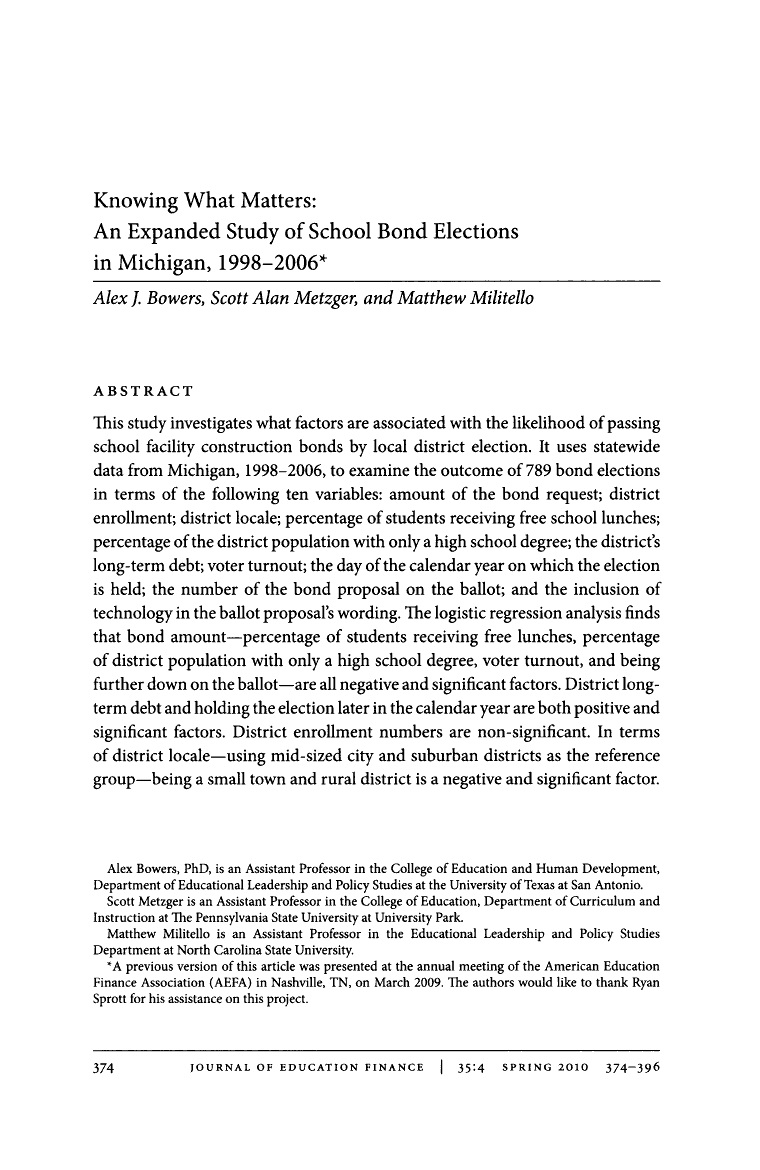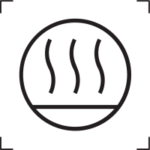Virtual Gross Anatomy Lab
- Home Page 49

Bubble and Squeak
This content is accessible to paid subscribers. To view it please enter your password below or send mike@standardsmichigan.com a request for subscription details.
Pan Haggerty
This content is accessible to paid subscribers. To view it please enter your password below or send mike@standardsmichigan.com a request for subscription details.
Beef Wellington
This content is accessible to paid subscribers. To view it please enter your password below or send mike@standardsmichigan.com a request for subscription details.
Scaffolding & Ladders
This content is accessible to paid subscribers. To view it please enter your password below or send mike@standardsmichigan.com a request for subscription details.
Current Projects
We track action in the catalog of this consortia standards developer because we continually seek ways to avoid spending a dollar to save a dime; characteristic of an industry that is a culture more than it is a business.
While not an ANSI accredited the FASB/GASB standards setting enterprise’s due process requirements (balance, open-ness, appeal, etc.)* are “ANSI-like” and widely referenced in education enterprise management best practice. Recent action in its best practice bibliography is listed below
ACCOUNTING STANDARDS UPDATES ISSUED
For obvious reasons, we have an interest in its titles relevant to Not-For-Profit Entities
WHAT IS THE FASB NOT-FOR-PROFIT ENTITY TEAM
Inside the latest PCC meeting: a closer look at what’s shaping the Council’s current priorities. 🎥 Watch the update: https://t.co/VZ02TZwcVu
— FASB, GASB, and FAF (@FAFNorwalk) October 28, 2025
At present the non-profit titles are stable with the 2020 revision. That does not mean there is not work than can be done. Faculty and students may be interested in the FASG program linked below:
Also, the “Accounting for Environmental Credit Programs”, last updated in January, may interest colleges and universities with energy and sustainability curricula. You may track progress at the link below:
EXPOSURE DOCUMENTS OPEN FOR COMMENT
We encourage our colleagues to communicate directly with the FASB on any issue (Click here). Other titles in the FASB/GASB best practice bibliography are a standing item on our Finance colloquia; open to everyone. Use the login credentials at the upper right of our home page.
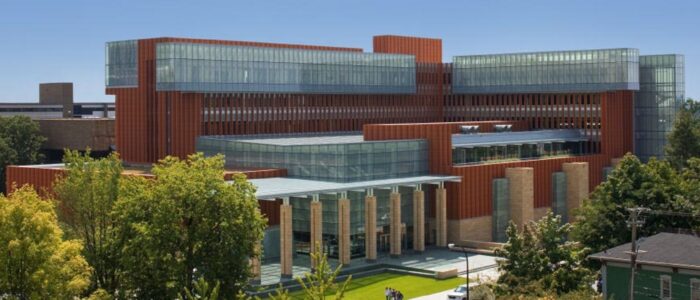
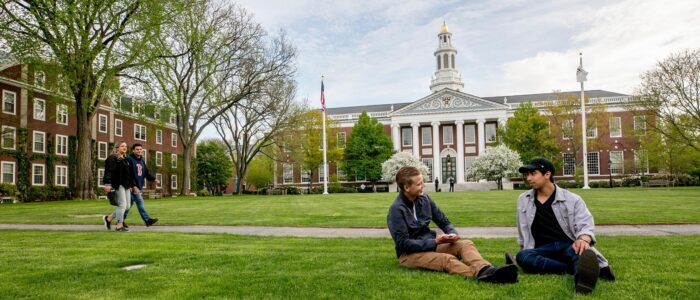
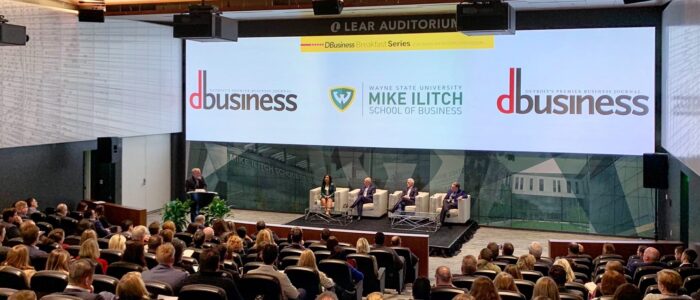

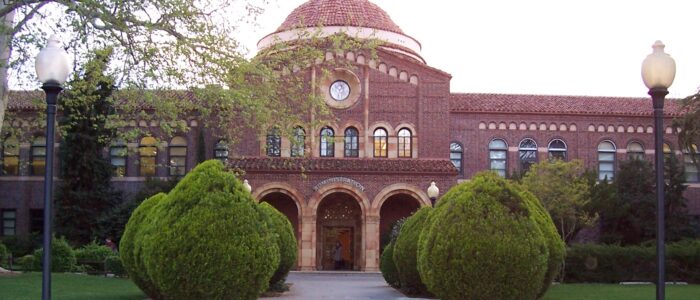
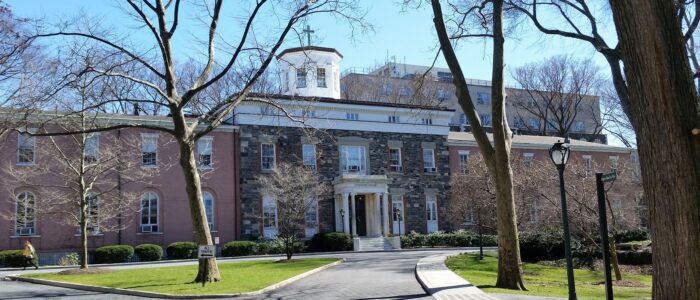
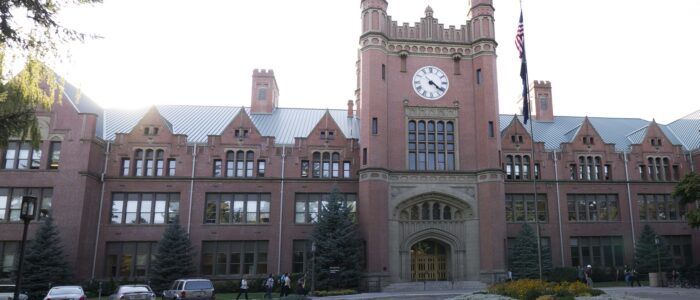
![]()
Issue: [15-190]
Category: Finance, Administration & Management, Facility Asset Management
Colleagues: Mike Anthony, Jack Janveja, Richard Robben
What do you think: Do investors need a clearer picture of non-financial donations made to not-for-profits?#FASB needs your feedback to help help the Board determine how to move forward. Share your thoughts by April 10.#giftsinkind #charitablegivinghttps://t.co/MBMhEOFUlE pic.twitter.com/o4pdMC0yXq
— FASB, GASB, and FAF (@FAFNorwalk) March 31, 2020
Carnegie Classifications
The Carnegie Classification of Institutions of Higher Education, or simply the Carnegie Classification, is the framework for classifying colleges and universities in the United States. Created in 1970, it is named after and was originally created by the Carnegie Foundation for the Advancement of Teaching, but responsibility for the Carnegie Classification was transferred to Indiana University‘s Center for Postsecondary Research, in 2014.
The framework primarily serves educational and research purposes, where it is often important to identify groups of roughly comparable institutions. The classification includes all accredited, degree-granting colleges and universities in the United States that are represented in the National Center for Education Statistics Integrated Postsecondary Education Data System.
The Carnegie Classification of Institutions of Higher Education ®
Educational Settlement Finance
The post-pandemic #WiseCampus transformation requires significant capital to meet the sustainability goals of its leadership. Campuses are cities-within-cities and are, to a fair degree, financed in a similar fashion. Tax-free bonds are an effective instrument for school districts, colleges and universities — and the host community in which they are nested — for raising capital for infrastructure projects while also providing investors with, say $10,000 to $100,000, to allocate toward a tax-free dividend income stream that produces a return in the range of 2 to 8 percent annually.
An aging population may be receptive to investment opportunities that protect their retirement savings from taxation.
Curious about the municipal bond market? Check out the MSRB’s new resource “Municipal Market Basics” to start your journey through the MSRB’s newly updated Education Center: https://t.co/BIMBxWpKGkhttps://t.co/PLhtaXzdD9 pic.twitter.com/FVARkkYZAD
— MSRB (@MSRB_News) November 28, 2023
Once a month, we walk through the prospectuses of one or two bond offerings of school districts, colleges and universities and examine offering specifics regarding infrastructure construction, operations and maintenance. We pay particular attention to details regarding “continuing operations”. Somehow the education industry has to pay for its green agenda. See our CALENDAR for the next Finance colloquium; open to everyone.
The interactive map provided by Electronic Municipal Market Access identifies state-by-state listings of tax-free bonds that contribute to the construction and operation of education facilities; some of which involved university-affiliated medical research and healthcare delivery enterprises.
If you need help cutting through this list please feel free to click in any day at 11 AM Eastern time. Use the login credentials at the upper right of our hope page. We collaborate with subject matter experts at Municipal Analytics and UBS.
Issue: [Various]
Category: Administration & Management, Finance, #SmartCampus
Colleagues: Mike Anthony, John Kaczor, Liberty Ziegahn
*We see the pandemic as a driver for a step-reduction in cost in all dimensions of education communities. We coined the term with a hashtag about two years ago.
*College and university infrastructure projects are classified with public school districts under the rubric “municipal bonds” at the moment. CLICK HERE for more information.
Good question. pic.twitter.com/FtW0eSaQs7
— Thomas Sowell Quotes (@ThomasSowell) January 27, 2025
More:
Duke Law Review: Don’t ‘Screw Joe the Plummer’: The Sausage-Making of Financial Reform
An Expanded Study of School Bond Elections in Michigan
Gallery: School Bond Referenda
As of January 2022, there were a few municipalities in the United States that allowed non-citizens to vote in local elections, but no entire states. These municipalities included:
San Francisco, California: Non-citizens are allowed to vote in school board elections.
Chicago, Illinois: Non-citizens are allowed to vote in school board elections.
Takoma Park, Maryland: Non-citizens are allowed to vote in local elections.
It’s worth noting that these policies may change over time as local governments make decisions regarding voting rights. For the most up-to-date information, it’s best to consult the specific laws and regulations of each municipality or state.
School bond elections — either at county or district level — are processes through which communities vote to authorize the issuance of bonds to fund various projects and improvements in their local school districts. The elections determine the quality of educational settlements –new school buildings, renovating existing facilities, upgrading technology, and improving safety measures. The outcomes of these elections directly affect the quality of education and learning environments for students within the county. Successful bond measures can stimulate economic growth by creating jobs and attracting families to the area.
Community involvement and voter turnout are essential in determining the allocation of resources and shaping the quality of life for its citizens. In recent years, however, voter ambivalence about the education “industry” in general, the rise of home schooling and other cultural factors, complicate choices presented to voters.
Energy 300
Today we refresh our understanding of energy-related best practice literature according to the topical tranches we have deployed since 2023:
Energy 200: Codes and standards for building premise energy systems. (Electrical, heating and cooling of the building envelope)
Energy 300: Codes and standards that support the energy systems required for information and communication technology
IEEE Energy Efficiency in Data Centers
ISO/IEC 30134 Series | CENELEC EN 50600 Series
ASHRAE 90.4 Energy Standard for Data Centers
ENERGY STAR Data Center Storage
European Code of Conduct for Data Centres Energy Efficiency
TIA-942 Telecommunications Infrastructure Standard for Data Centers
BICSI 002: Data Center Design and Implementation Best Practices, including energy management
Uptime Institute Annual Global Data Center Survey
Energy 400: Codes and standards for energy systems between campus buildings. (District energy systems including interdependence with electrical and water supply)
A different “flavor of money” runs through each of these domains and this condition is reflected in best practice discovery and promulgation. Energy 200 is less informed by tax-free (bonded) money than Energy 400 titles.
Some titles cover safety and sustainability in both interior and exterior energy domains so we simply list them below:
ASME A13.1 – 20XX, Scheme for the Identification of Piping Systems | Consultation closes 6/20/2023
ASME Boiler Pressure Vessel Code
ASME BPVC Codes & Standards Errata and Notices
ASHRAE International 90.1 — Energy Standard for Buildings Except Low-Rise Residential Buildings
2018 International Green Construction Code® Powered by Standard 189.1-2017
NFPA 855 Standard for the Installation of Stationary Energy Storage Systems
IEEE Electrical energy technical literature
ASTM Energy & Utilities Overview
Underwriters Laboratories Energy and Utilities
There are other ad hoc and open-source consortia that occupy at least a niche in this domain. All of the fifty United States and the Washington DC-based US Federal Government throw off public consultations routinely and, of course, a great deal of faculty interest lies in research funding.
Please join our daily colloquia using the login credentials at the upper right of our home page.
ICYMI – here is our 50th anniversary lecture from Professor Helen Thompson on the 1970s energy crises and what we can learn from it, with some great questions from our audience! https://t.co/9XUqc3fx5f pic.twitter.com/zHvqY8HYL1
— Clare College (@ClareCollege) March 9, 2023
More
United States Department of Energy
International Energy Agency World Energy Outlook 2022
International Standardization Organization
Energy and heat transfer engineering in general
Economics of Energy, Volume: 4.9 Article: 48 , James L. Sweeney, Stanford University
Helmholtz and the Conservation of Energy, By Kenneth L. Caneva, MIT Press
NRG Provides Strategic Update and Announces New Capital Allocation Framework at 2023 Investor Day
From our video archive:
Ask me why pic.twitter.com/zQIpuI7vCh
— Grace S. Vanderhei (@GraceMVanderhei) August 23, 2023
New update alert! The 2022 update to the Trademark Assignment Dataset is now available online. Find 1.29 million trademark assignments, involving 2.28 million unique trademark properties issued by the USPTO between March 1952 and January 2023: https://t.co/njrDAbSpwB pic.twitter.com/GkAXrHoQ9T
— USPTO (@uspto) July 13, 2023
Standards Michigan Group, LLC
2723 South State Street | Suite 150
Ann Arbor, MI 48104 USA
888-746-3670




